Corporate News
Company News
- Aluminum veneer curtain wall: the "fashionable coat" of modern architecture
- Fluorocarbon aluminum veneer: the fashion darling of the aluminum industry
- Fluorocarbon baked paint aluminum veneer: the secret weapon of architectural aesthetics
- Aluminum veneer customization, creating a new trend of personalized space
- Aluminum veneer curtain wall, the fashionable outerwear of modern architecture
Industry dynamics
- Aluminum veneer baking paint, creating a new trend of personalized space
- 2. "Aluminum veneer baking paint, the color secret of modern architecture" 3 Unveiling the baking paint aluminum sheet
- The advantages of beautiful appearance and functional aluminum veneer
- Aluminum veneer customization, creating a new trend of personalized space
- Painted aluminum veneer: a perfect combination of fashion and durability
Frequently asked questions
- What are the sustainability indicators of aluminum veneer in building exterior design?
- Can aluminum veneer be used for building facade design?
- How to evaluate the impact of aluminum veneer's removability on the appearance of buildings?
- Has the production process of aluminum veneer reduced water resource consumption?
- What are the advantages and disadvantages of aluminum veneer compared to plastic exterior walls?
contact us
Mobile:+86 15627778610
Email: 2201229786
Address: No. 5 Binjiang Road, High tech Zone, Zhaoqing City, Guangdong Province
Aluminum veneer: an innovative material that changes the appearance of buildings
- Author: Supreme Building Materials (Guangdong) Co., Ltd
- Release time: February 24, 2025 21:48:25
- Click:0
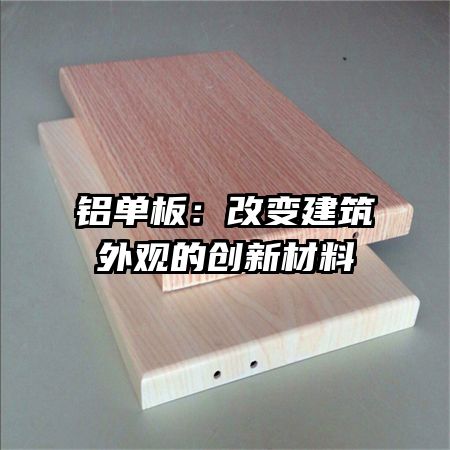
Aluminum veneerInnovative materials that change the appearance of buildings
Abstract: With the continuous development of architectural design, aluminum veneer, as an innovative material, is gradually changing the appearance of buildings. This article will elaborate on aluminum veneer from four aspects, including its material characteristics, design flexibility, environmental sustainability, and future development prospects.
1、 Material characteristics
1. Lightweight and durable: Aluminum veneer has the characteristic of being lightweight, and compared to traditional building materials such as bricks and concrete, it is lighter in weight and can effectively reduce the load on building structures. At the same time, aluminum veneer has good corrosion resistance and weather resistance, and can maintain stability for a long time in various harsh environments.
2. Rich colors and surface treatment effects: Aluminum veneer can achieve diverse color choices through spraying, fluorocarbon spraying, and other methods to meet the personalized needs of building appearance. In addition, surface treatment techniques such as anodizing can be used to increase its texture and texture, enhancing the visual effect of the building.
3. Easy to process and install: Aluminum veneer can be cut, bent, and formed according to design requirements to achieve various complex styling effects. Meanwhile, its lightweight nature makes the installation process more convenient and fast, greatly improving construction efficiency.
2、 Design flexibility
1. Diversified forms: Aluminum veneer can be presented in flat, three-dimensional, curved and other forms according to the architect's design intention, meeting the needs of different architectural styles. Whether it is modern simplicity or classical retro, aluminum veneer can be perfectly integrated, giving buildings unique appearance characteristics.
2. Strong plasticity: Aluminum veneer has good plasticity and can achieve various shaping effects through stamping, stretching, and other methods. This provides more creative space for architects to break through the limitations of traditional architectural forms and create more creative and personalized architectural appearances.
3. Combination with other materials: Aluminum veneer can be combined with various materials such as glass, stone, wood, etc. to form a rich and diverse architectural facade effect. By combining and combining different materials, a richer and more diverse architectural appearance can be created, enhancing the overall texture and beauty of the building.
3、 Environmental sustainability
1. Recyclable: Aluminum veneer has good recyclability, and discarded aluminum veneer can be recycled and reused to reduce resource waste and environmental pollution. This is in line with the concept of sustainable development and has positive implications for promoting green development in the construction industry.
2. Energy saving and emission reduction: Aluminum veneer has excellent thermal insulation performance, which can effectively reduce the energy consumption of buildings. At the same time, its surface can also reflect sunlight through special treatment techniques, reducing the heat absorption of the building and further improving its energy-saving effect.
3. Environmentally friendly materials: Aluminum veneer does not require the use of harmful substances during the production process and will not cause pollution to the environment. Compared with traditional building materials, aluminum veneer is more environmentally friendly and meets the requirements of contemporary society for green building materials.
4、 Future Development Prospects
1. Market demand growth: With the increasing demand for building appearance, aluminum veneer, as an innovative material, has received widespread attention and recognition from the market. It is expected that the aluminum veneer market will continue to maintain rapid growth in the future, bringing more development opportunities to the construction industry.
2. Technological innovation driving: With the continuous advancement of technology, the manufacturing process and surface treatment technology of aluminum veneer are also constantly innovating. The introduction of new materials and technologies will further broaden the application areas of aluminum veneer, providing architects with more choices and possibilities.
3. National policy support: In order to promote green buildings and sustainable development, many countries have introduced relevant policies and standards to encourage the use of environmentally friendly materials and technologies. Aluminum veneer, as an environmentally friendly and sustainable building material, will receive government support and promotion to further promote its development.
5、 Summary
Aluminum veneer, as an innovative material, is changing the appearance of buildings. Its lightweight durability, rich color and surface treatment effects, design flexibility, and environmental sustainability make it an ideal choice for architects. In the future, with the growth of market demand, the promotion of technological innovation, and the support of national policies, aluminum veneer will usher in a broader development prospect.

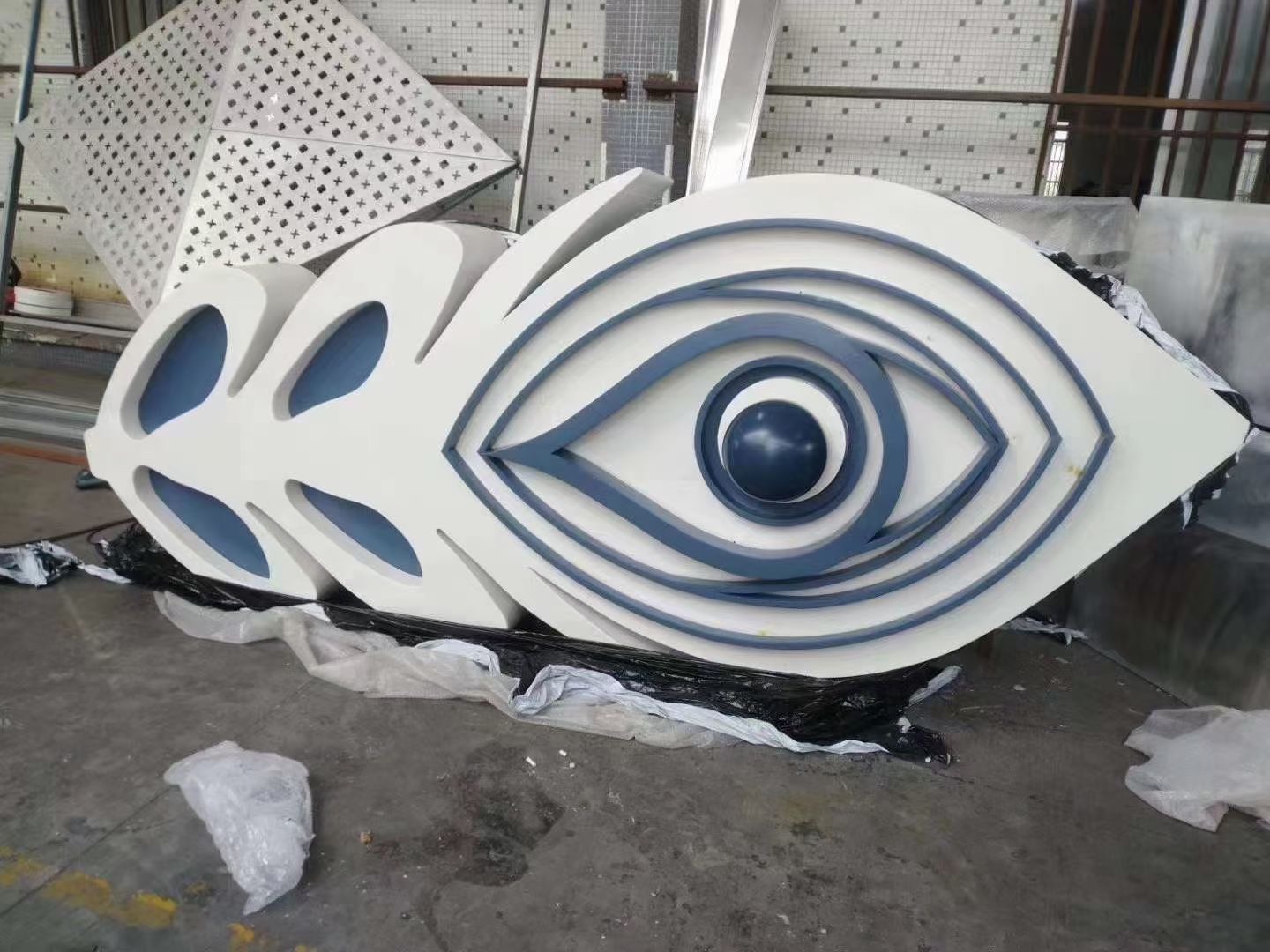
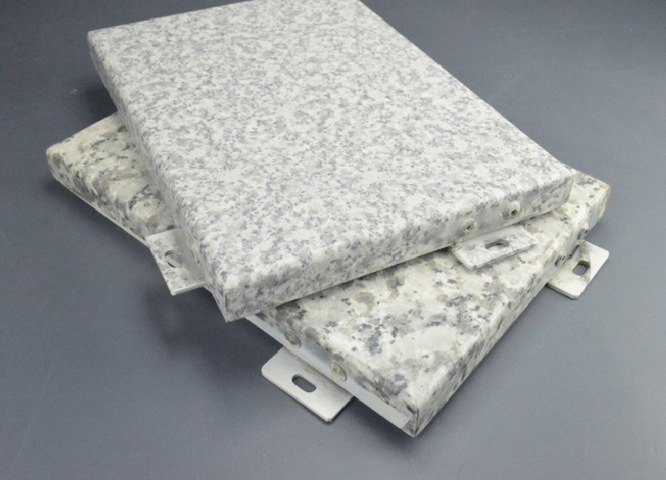
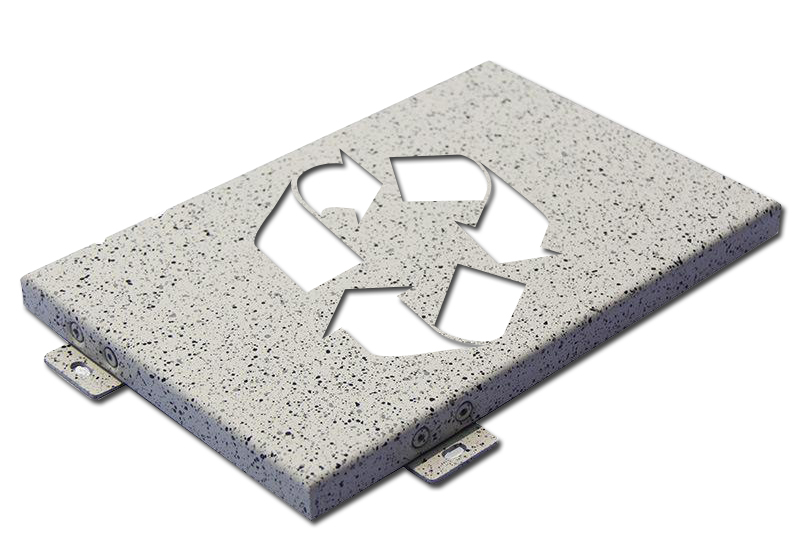
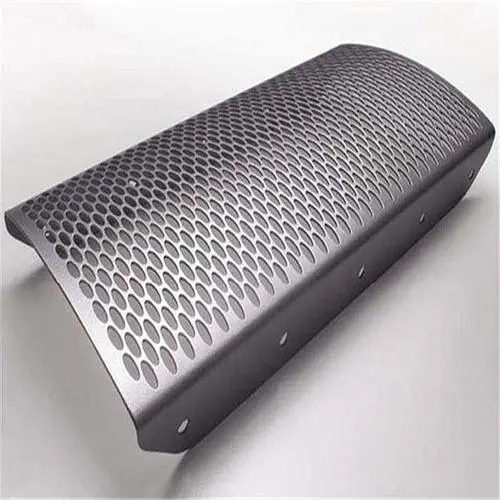
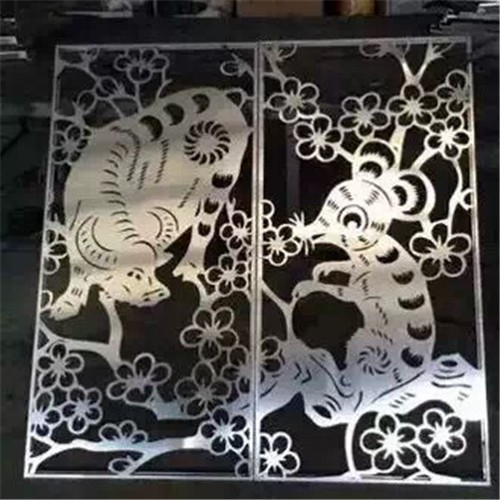
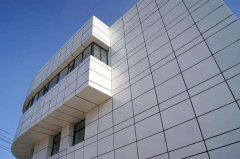
 Customer service QQ
Customer service QQ